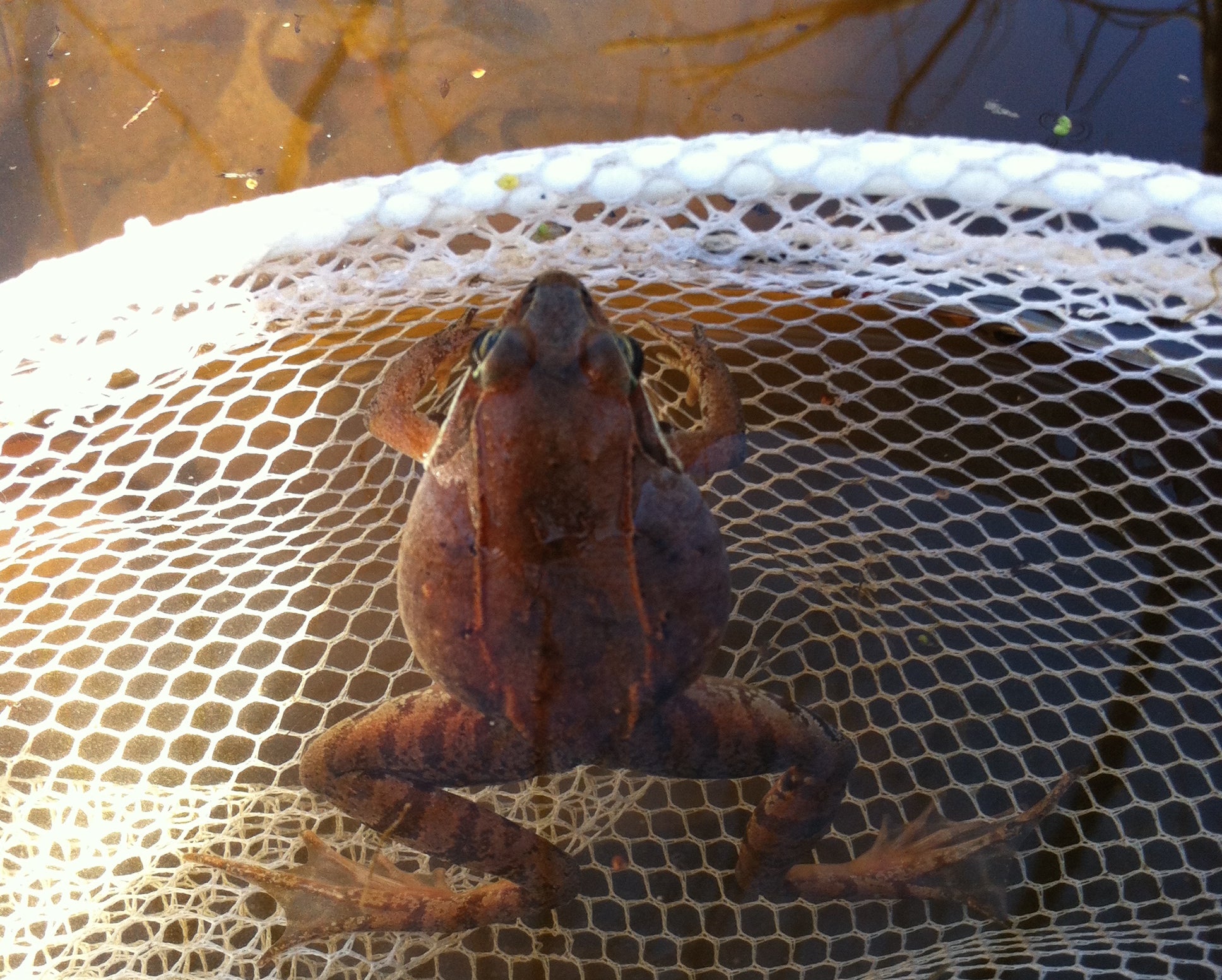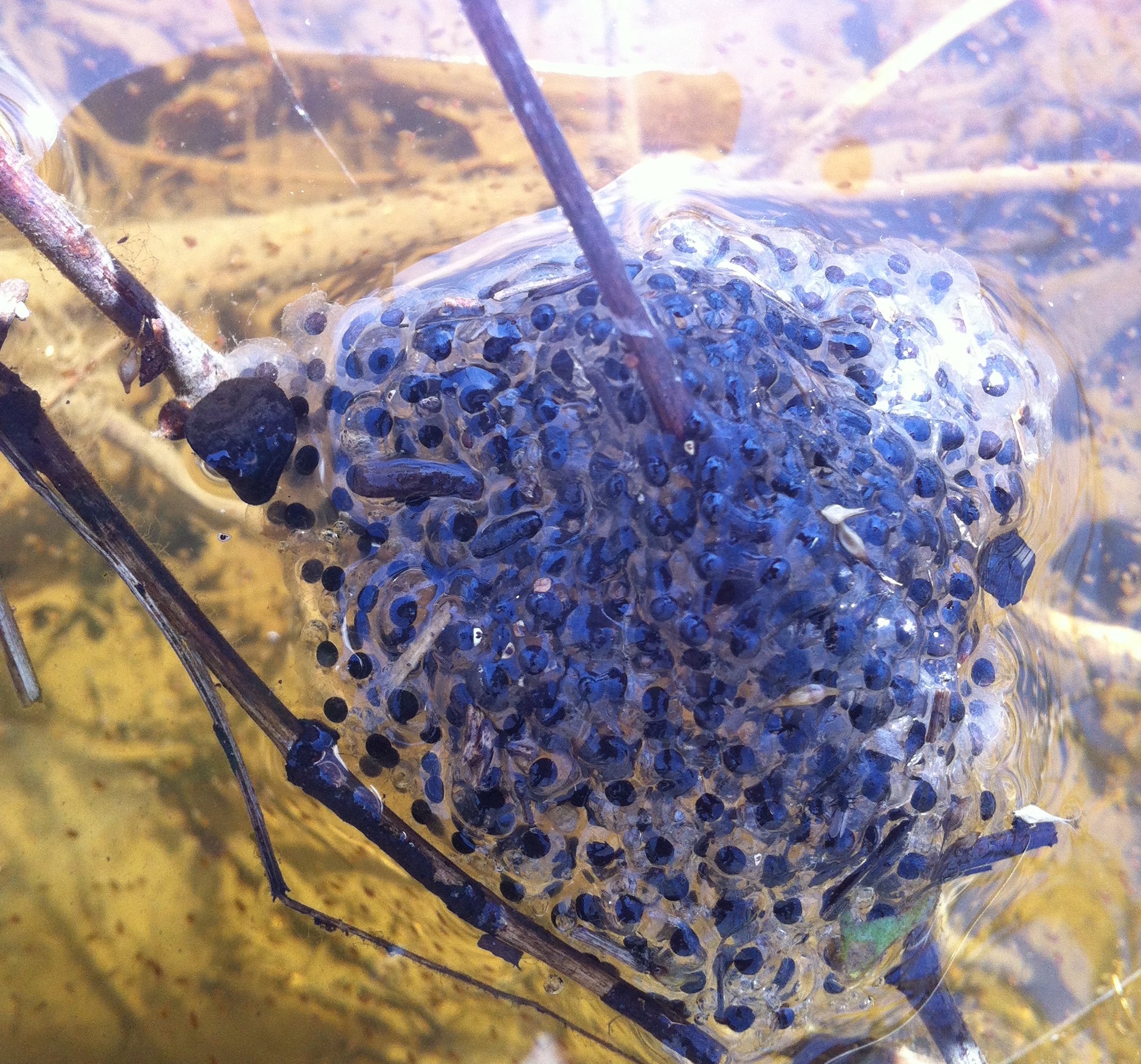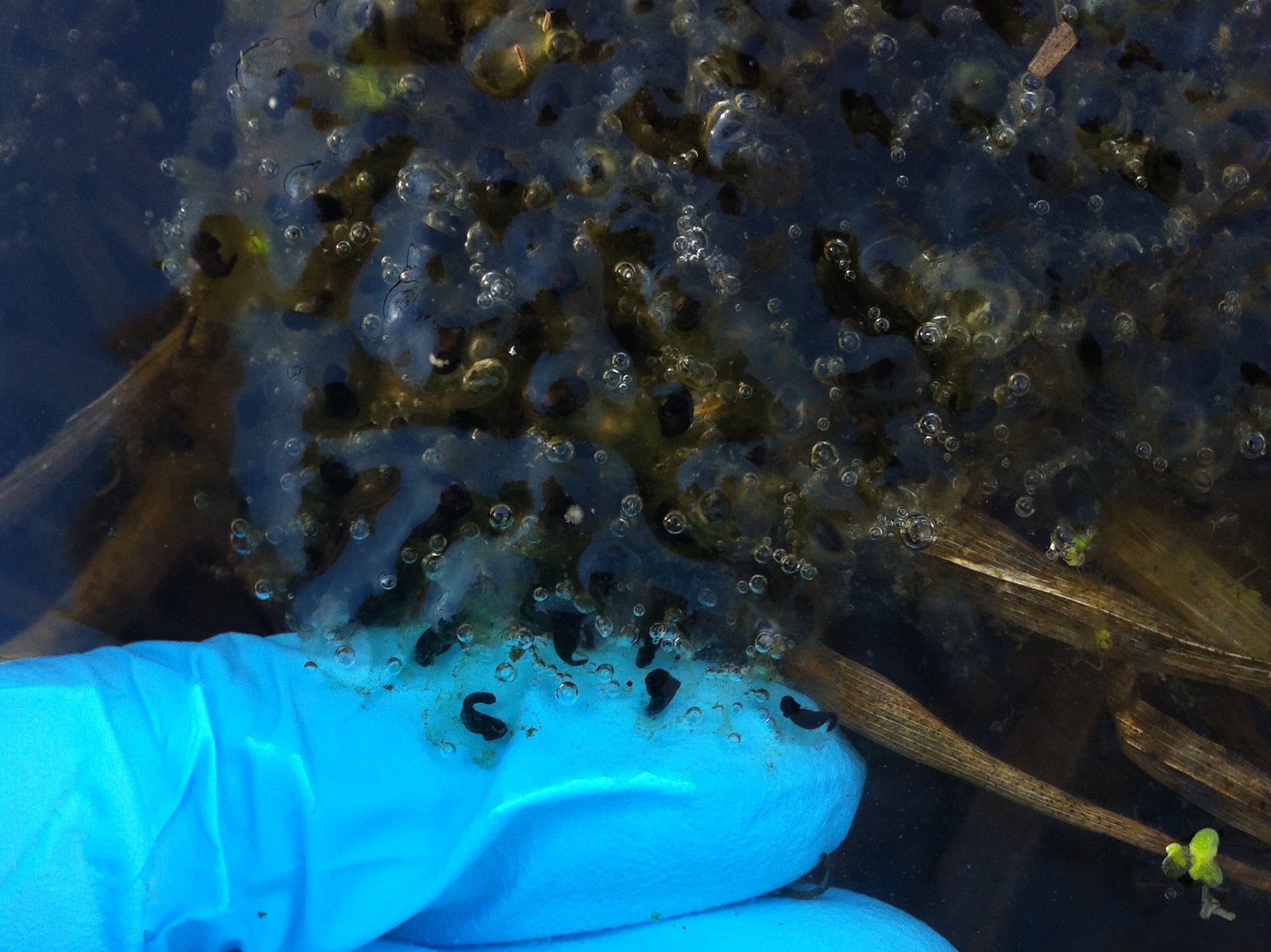Research in the Katzenback lab is in the emerging field of Ecoimmunology and applies an interdisciplinary approach to examine how environmental stress influences the immune system, and health, of animals at the organismal, cellular and molecular levels.
My research uses comparative aquatic model systems to develop an understanding of:
- The regulation of the vertebrate immune system during homeostasis
- How environmental stresses (anoxia, dehydration, temperature, chemicals) impact the immune system
- Whether environmental stress influences overall animal health and susceptibility to disease (pathogen infection)
Currently, our research is centred around elucidating amphibian innate immune mechanisms and the impact of environmental stress on the immune response of amphibians to pathogens using two frog model systems – the North American wood frog and the African clawed frog. This is particularly important in the face of a world-wide decline in amphibian populations.
The North American wood frog (
Rana sylvatica syn
Lithobates sylvaticus) is native to North America and can be found across Canada. Wood frogs are a unique model system as they are terrestrially hibernating frogs that survive whole body freezing during the winter. While frozen, wood frogs deal with ice formation, low temperatures, and both anoxia and dehydration of their cells as consequences of freezing. In a recent study, we found levels of a skin antimicrobial peptide (brevinin-1SY) to be modulated in response to environmental conditions (freezing, anoxia or dehydration) in a stress and tissue specific manner. Since antimicrobial peptides are known to be important in host defence against pathogens, these data suggest that environmental stress can act to modulate the production of key immune molecules, such as antimicrobial peptides, and may affect their ability to defend against pathogens.
Wood frogs are one of the first frogs to migrate to temporary ponds in the spring to breed. Tens to hundreds of egg masses are laid which later give rise to tadpoles. Tadpoles (aquatic life stage) remain in the pond until metamorphosis, after which they leave the pond. During development, tadpoles and juveniles appear to be sensitive to changes in their aquatic environment (oxygen, temperature, contaminants) and are susceptible to pathogen infection. As such, combinatorial effects of changes in environment coupled with the presence of emerging pathogens may be causing the mass die-offs of tadpole and juvenile in these temporary ponds during spring months.
As adults, wood frogs are also susceptible to contaminants in their environment as they uptake water across their skin from the moisture in their substrate. Contaminants can be absorbed through the skin and may compromise the immune competence and health of the frog. Our research group aims to evaluate the modulation of the amphibian innate immune system during development and as adults in response to environmental stressors, alone or in combination.
Unlike the wood frog, the African clawed frog (
Xenopus laevis) is an entirely aquatic frog, native to Sub-Sahara Africa. However during periods of drought the frogs estivate in burrows and can survive up to 35% total body water loss.
X. laevis is a valuable model system to study effects of dehydration on the immune system due to the availability of resources (genomic information, antibodies) and is widely used as a model system for human disease. Using the cell lines that we are currently generating, we will be able to assess the role of environmental and toxicological alterations on the inflammatory status of the frog cells
in vitro and, in turn, the susceptibility or resistance of these cells to infection with pathogens. These cell lines will prove to be an invaluable tool for rapid and less invasive screening methods to assess the impact of environmental stressors on amphibians.
Using these two amphibian model systems, our objective is to elucidate the complex cellular and molecular interactions that occur between an animal and their environment (both during development and as adults), thereby providing empirical and conceptual insight into the immunological and health consequences of these host-pathogen-environment interactions at the molecular, cellular and organismal levels.
In the long term, these studies may provide insight into how the immune system and health of other vertebrate species, such as humans, are influenced by environmental stress (dehydration, heat-shock, ischemia-reperfusion/hypoxia, hypothermia, organ transplantation, cryopreservation).



